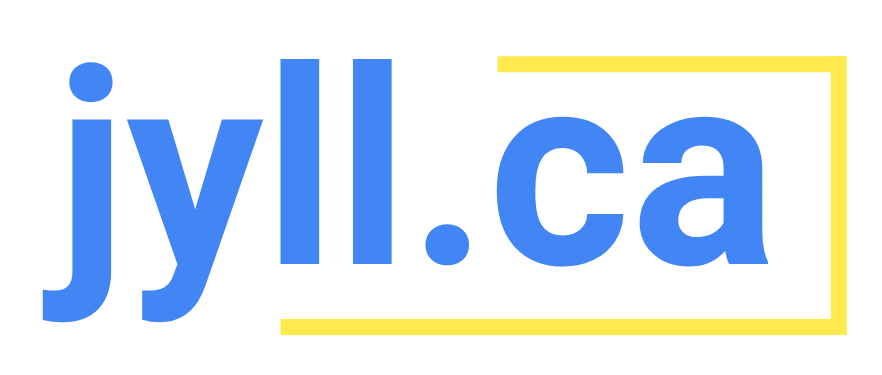5 SEO Items That Every Small and New Business Should Know About to Drive Site Traffic
Guest Author: Fable Heart Media
Search engine optimization (SEO) seems like a hard-to-understand concept, and there is quite a bit to learn before you can become an SEO expert, however, the basics are pretty straightforward and can make a drastic improvement on site traffic if implemented correctly. I asked the experts at Fable Heart Media to share their top SEO tips for entrepreneurs. This blog provides a checklist of SEO actions you can take right now to make it easier for people to find your website.
1. Secure Your Website with an SSL Certificate
Who doesn't want to operate a secure website? But many people—including many small and new businesses—are unaware of how to do so. There are tons of ways to ensure your customers are visiting a trustworthy site, but here’s a quick way to gain that security and credibility from your site visitors. An SSL certificate is a digital certificate that proves a site's identity. It's used by Google, Yahoo, and other websites to guarantee that you’re the owner of the site and that your data is safe from man-in-the-middle attacks.
Every internet user needs this security, especially on websites that collect personal information such as credit card numbers.
Having a secure site also improves your search rankings. In 2014, Google updated its algorithm to favor HTTPS websites over unsecured HTTP sites. That means that secure websites will receive a slight boost.
The best and easiest way to get an SSL certificate is by purchasing one from your website host, GoDaddy, for example. If your hosting provider offers Let’s Encrypt certificates, your SSL certificate may even be free.
2. Set Unique Page Titles and Meta Descriptions for All of Your Web Pages
The meta descriptions and title tags for your web pages determine how Google sees your content. The better you tag your web pages, the more likely search engines will notice them and give you better results.
In addition to SEO, since Google shows your title and meta description when someone searches for a term related to your company (picture above), it's an excellent opportunity to sell a person on the reasons why they should visit your web page.
To update the title and meta description tags, we recommend using a tool like Yoast or RankMath. Both of these tools are available as free plugins on WordPress and provide you with a user-friendly interface for updating these SEO items.
3. Resize and Optimize Your Website Images
Knowing how to resize and optimize website images is a must for any small or new business. When a site has too many large images, site speed is affected, resulting in a higher bounce rate. You don’t want that. According to a study by Portent, “Website conversion rates drop by an average of 4.42% with each additional second of load time (between seconds 0-5).”
Most search engines will also penalize sites that take too long to load, so it’s essential to make sure your site is fast and responsive. To measure page speed, you can use Google's PageSpeed Insights tool.
We recommend bringing images into Photoshop or using an online tool such as Compressor.io to optimize them. To ensure you don’t lose quality when compressing images, choose either Lossy or Lossless compression for the best results.
4. Use a Heading Hierarchy on Each Web Page
Heading hierarchy is a system a website uses to organize content. Headings are general terms that are used to describe topics in a piece of writing. They are used both by users and search engine bots to find relevant content, determine how related topics appear within a piece of content, and filter out irrelevant information. You want your heading structure to not only help visitors find what they are looking for quickly but also help clarify your purpose and user experience.
Depending on how your website is built, adding heading tags may be as easy as selecting a line of text and choosing a heading level from a dropdown.
If your site is built using HTML code, you’ll have to add the tags manually. Here’s an example of heading tags:
<h1>Your Main Page Heading</h1>
<h2>Your Secondary Page Heading</h2>
<h3>Your Third-level Page Heading</h3>
5. Connect the Pages of Your Website Using Internal Links
Internal linking refers to the use of hyperlinks inside your website's text that point to other internal pages. These links are essential for users and search engines to find relevant and related content on your site. When a visitor is on a specific page of your website, such as a blog post, internal links make it easy for them to visit another related page while browsing your content.
Search engines like Google use internal links to find and understand the relationship between pages on your website. When Google knows that a page exists, it can include it in search results.
The best way to find opportunities for internal links on your website is to look for specific keywords or terms. For example, if you write a blog about different hairstyles and mention a particular product you sell, link it.
